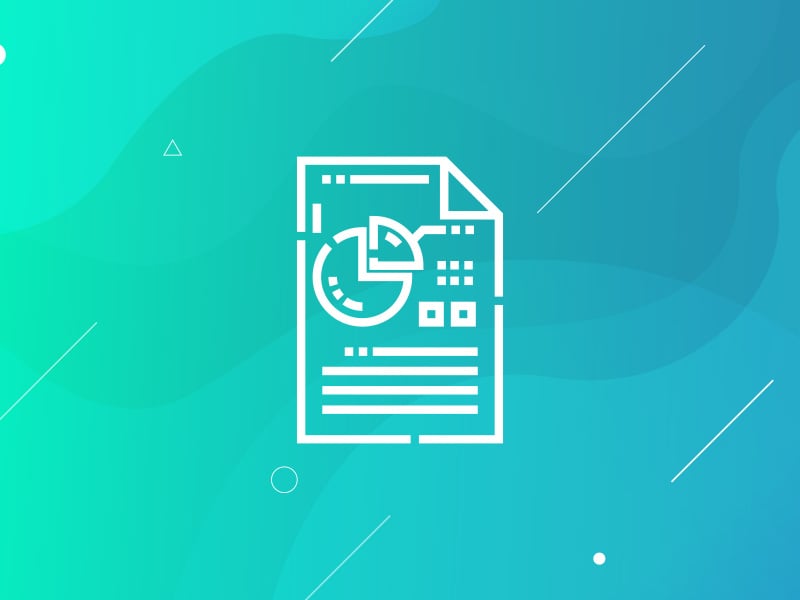You need to be able to track the things that you do to determine whether or not they’re working. Analytics is an important tool that can help you understand where your website is succeeding and failing.
The term analytics refers to the process of collecting, analyzing, and interpreting information about a system. In the context of websites, this typically means the collection of statistics about visitor behavior.
Businesses have been using analytics for years to better understand how their customers behave and what actions lead to conversions.
They use the data gathered to drive decisions about how to make things better for their clients. As they improve, they also see increased conversion rates, which leads to more customers and greater profits.
Today, most websites are using some form of analytic software to help their businesses run more efficiently. They collect data from users to provide feedback and insights to the business.
Analytics is the foundation of modern digital marketing.
To truly optimize a website, there needs to be constant monitoring and assessment. When done correctly, analytics can be used to:
- Identify the problem areas on your site
- Identify the strengths and weaknesses of your site
- Measure changes to the website
- Analytics can help you answer many of the questions you may have about your site and its performance.
We make some damn good websites.
Hit Us UpWhat are the Benefits of Using Analytics?
A successful business owner knows how to get the most out of any marketing initiative, whether it is SEO, email marketing, social media, or any other digital marketing effort.
It is important to note that every business has a specific goal. Whether it is to increase sales or drive more traffic, there is a specific metric that should be monitored. Analytics allows businesses to measure, monitor, and track all of their marketing initiatives.
In addition to tracking a business’s performance, many businesses use analytics to optimize their efforts. Some of the most effective analytics use reports, which allow business owners to see if the actions they took led to an increase in sales, conversion rates, or a rise in traffic.
For example, if a business wanted to increase sales, they could look at data that shows what words are getting the most clicks or where the most customers are coming from. They can then use this information to figure out the best way to reach their audience.
The benefits of analytics on your website can be summed up in one word: optimization.
Optimization, or finding the “sweet spot,” is the most popular term when it comes to analytics. This is the idea of finding the middle ground between too little and too much traffic or visitors.
As a business owner, you want to find the sweet spot of the right amount of traffic and the most relevant visitors. This is where analytics come in.
You get a better understanding of what’s happening on your website, which in turn helps you make changes to improve your conversions and increase your profit margins.
Analytics gives you a deeper understanding of your website visitors, giving you a better idea of what they’re interested in. You’ll gain a better understanding of what kind of content works best for your users and what kind of content is actually generating the most interest.
You’ll get a better idea of what type of content performs well in comparison to other types of content. For example, if you see that videos are generating the most interest among your audience, then you may want to focus more on creating videos for your site.
How Can Analytics Help My Business?
Analytics is about understanding your website and the people who visit it. It’s about tracking data and measuring outcomes. And that is where the real value is.
For example, let’s say you’re running an ecommerce website for an online shoe store. You have a very specific product that is selling well and you are trying to figure out what to change to improve on this. A basic Google Analytics report shows you that the visitors on your site are mostly male, aged 25 to 34 years old. The top 5 most popular pages are /search, /checkout, /add-to-cart, /category and /search.
This data is invaluable to you. You know that women will never buy shoes in bulk, but men are the primary shoppers, and you want to ensure your sales pages are optimized for them. You can take this information to build a better website or, if you’re ready, to market to a specific audience.
And let’s say you have a business to business (B2B) site. You want to find out what content works best, which pages bring in the most revenue and how you can optimize your sales funnel to increase your sales.
A quick overview of how analytics will help your business is presented below:
1. Improve the Customer Experience:
Analytics can help you identify the sources of customer pain and delight. This helps you to develop strategies to meet those needs. It also allows you to test and measure how your business is performing. For example, if you notice that you’re losing repeat customers, you may want to re-evaluate your loyalty program.
2. Identify and Correct Problems:
Analytics help you detect issues early. It can alert you to issues before they occur, allowing you to take corrective action.
3. Make Your Business More Efficient:
Businesses can use analytics to predict and control costs. By identifying potential issues before they happen, you can plan ahead to prevent or mitigate these issues. Analytics can also be used to measure performance and identify where you should focus your resources.
4. Understand the Behavior of Your Customers:
Understanding the behavior of your customers allows you to create better-targeted marketing campaigns. This in turn leads to higher conversions, greater customer retention, and greater satisfaction.
Understanding Analytics Basics
Google Analytics is the most common tool used by website owners, and an incredibly valuable tool at that. It’s free and you don’t have to do anything special to use it, so it’s a great place to start.
Once you’ve got it installed, there’s a lot you can do with it. Some of the most basic features include:
- Pageviews – the number of times a page was viewed
- Visits – the number of times someone visited a specific page or section of your website
- Average Visit Duration – the average amount of time spent on a single page of your site
- Most Frequently Visited Pages– the pages people visit most often
You can see how many people came to your website, how long they spent on each page, which pages people most frequently visit, and what those pages are. This data tells you a lot about your users, but it also helps you identify areas of the site that may need improvement.


